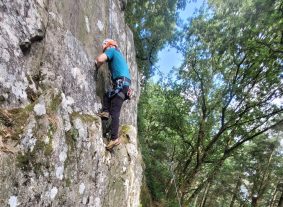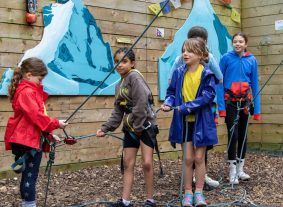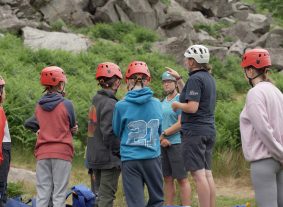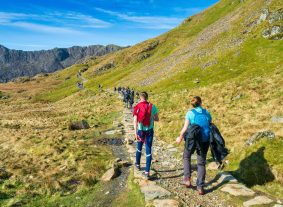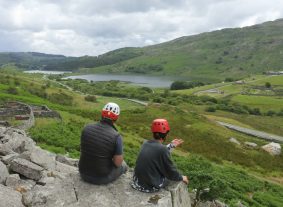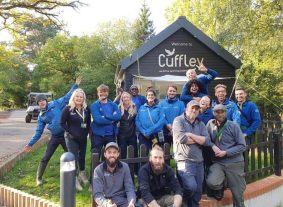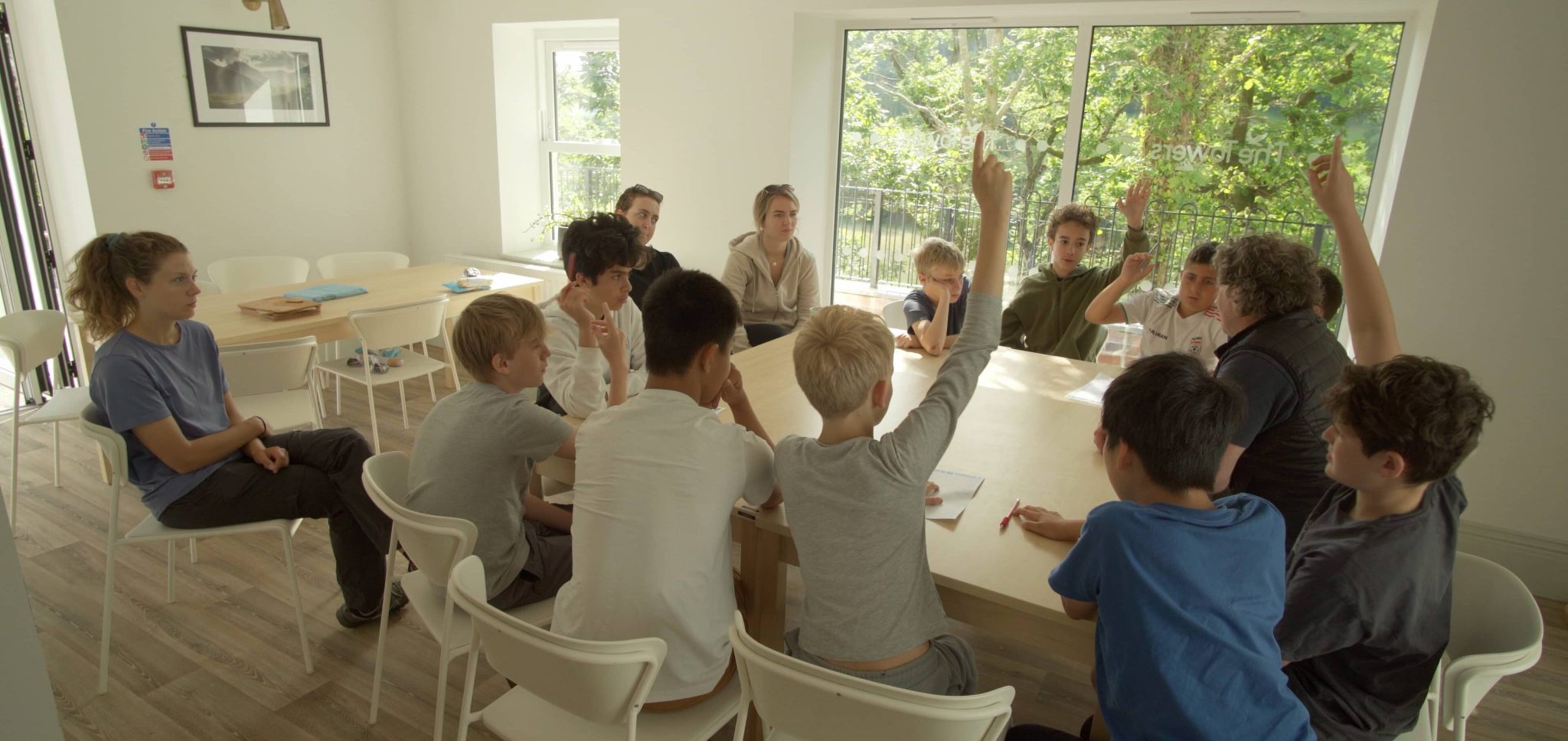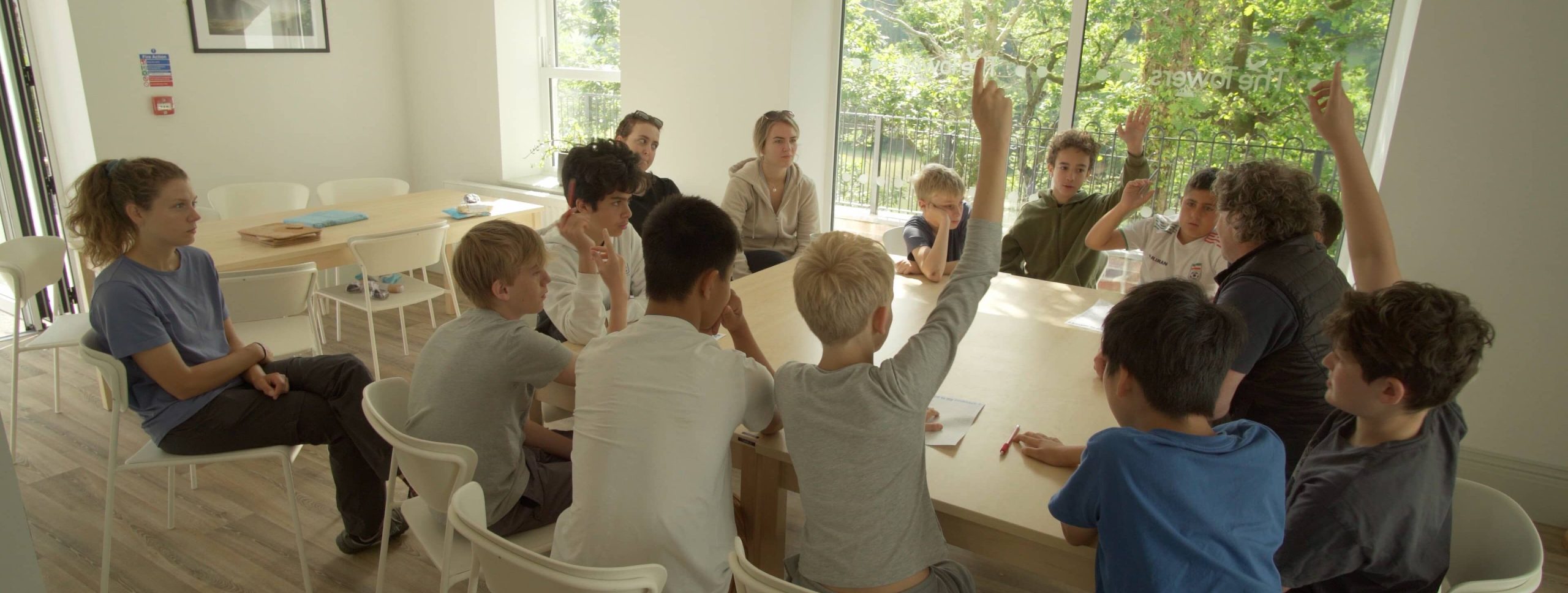Outdoor learning offers endless opportunities for students to connect with nature, develop essential life skills, and enhance their understanding of academic subjects in a real-world context. But many educators struggle with creating an outdoor learning curriculum that is adaptable to different seasons and weather conditions. With careful planning, creativity, and a commitment to sustainability, you can create a dynamic year-round outdoor learning programme that benefits your students, your school, and the environment.
From lesson plans and activity suggestions to tips on booking school trips to outdoor activity centres, we’ve got everything you need to get started.
The Importance of Outdoor Learning: Why Go Outside?
Outdoor learning isn’t just a fun break from the classroom; it’s a powerful teaching tool that fosters:
- Environmental Stewardship: Students develop a sense of responsibility for protecting and preserving natural resources.
- Physical and Mental Well-being: Regular time spent in nature has been shown to reduce anxiety, improve mood, and enhance concentration.
- Critical Thinking and Problem Solving: Outdoor activities often require students to think on their feet, adapt to new situations, and solve real-world problems.
- Hands-On Learning: Concepts in science, geography, history, and more become tangible when experienced outside.
By integrating outdoor learning throughout the year, you are providing students with holistic, experiential education that promotes a lifelong love and respect for nature.
Building a Year-Round Outdoor Learning Curriculum
To create a curriculum that adapts to all seasons, consider the following steps:
- Start with the Basics: Define Your Goals
- Identify the core objectives of your outdoor learning curriculum. What skills or knowledge do you want students to gain? Examples include:
- Understanding local ecosystems and biodiversity
- Developing skills in teamwork and leadership
- Enhancing physical fitness and coordination
- Encouraging creativity and independent thinking
- Plan for All Seasons: Adapt Your Activities
- Design your curriculum around the four seasons to ensure outdoor learning is possible year-round:
- Spring: Focus on growth, renewal, and ecosystems.
- Lesson Plan Example: “Life Cycles in Our School Garden”
- Activities: Observe plant growth, study insects, and start a school garden.
- Objective: Understand the life cycle of plants and the role of insects in pollination.
- Summer: Take advantage of longer days and warmer weather.
- Lesson Plan Example: “The Science of Water”
- Activities: Pond dipping, studying water quality, and understanding aquatic habitats.
- Objective: Learn about water ecosystems and the importance of clean water.
- Autumn: Use this time for exploring harvest, change, and preparation.
- Lesson Plan Example: “Leaves, Seeds, and Trees”
- Activities: Leaf identification, seed collection, and studying photosynthesis.
- Objective: Discover the science of trees, leaf colour changes, and seed dispersal.
- Winter: Focus on adaptation, survival, and weather patterns.
- Lesson Plan Example: “Wildlife in Winter”
- Activities: Animal tracking, building bird feeders, and measuring weather conditions.
- Objective: Understand how animals adapt to survive winter and study the impact of weather.
- Be Prepared for All Weather Conditions
- Encourage a positive attitude towards different weather conditions. Teach students to embrace the rain, snow, or wind as part of their learning experience. Ensure that students come prepared with appropriate clothing for each season (e.g., waterproofs, hats, gloves).
- Integrate Outdoor Learning Across Subjects
- Outdoor learning can enhance any subject. Here are a few examples:
- Mathematics: Use nature to teach geometry (e.g., shapes in nature) or data collection (e.g., measuring rainfall).
- Language Arts: Encourage creative writing inspired by natural surroundings or have students create field journals.
- Art: Create nature-based art projects like leaf rubbings, mud paintings, or sculpture using found objects.
- Science: Study local flora and fauna, conduct weather experiments, or explore physics concepts (e.g., gravity, friction) in natural settings.
Activity Suggestions for Outdoor Learning
Here are some creative outdoor activities to integrate into your year-round curriculum:
- Nature Scavenger Hunts: Adapt your scavenger hunt list for each season, focusing on different elements such as insects in spring, flowers in summer, leaves in autumn, and animal tracks in winter.
- Seasonal Planting: Create a school garden and involve students in planting, maintaining, and harvesting crops appropriate for each season.
- Outdoor Storytime: Hold reading sessions under a tree, where students listen to or read stories about nature, animals, or adventure.
- Eco-Friendly Crafts: Use natural materials collected from the school grounds to create crafts like bird feeders, wind chimes, or clay sculptures.
- Mindfulness Walks: Incorporate mindfulness exercises, like silent walks or “sit spots” where students observe and reflect on their surroundings.
Booking School Trips to Outdoor Activity Centres
To supplement your year-round curriculum, consider organising school trips to local outdoor activity centres. These trips can provide students with experiences that are challenging to replicate on school grounds, such as rock climbing, canoeing, orienteering, and team-building exercises.
Tips for Booking and Planning:
- Research Centres: Look for centres that offer diverse activities aligned with your learning objectives. Our centres provide programmes tailored to different age groups and educational standards.
- Check for Sustainability Practices: Choose centres that prioritise environmental stewardship, such as using eco-friendly materials or promoting conservation practices.
- Plan Ahead: Book trips well in advance, particularly if you aim to visit during peak seasons like spring or summer.
- Involve Parents and Guardians: Provide clear communication about the purpose and benefits of the trip, and address any concerns about safety or accessibility.
Emphasising Sustainability and Environmental Stewardship
Incorporating sustainability into your outdoor learning curriculum is essential for fostering a sense of environmental responsibility among students. Here are a few ways to integrate sustainability:
- Use Natural Resources Wisely: Teach students about conserving water, reducing waste, and respecting wildlife habitats.
- Promote “Leave No Trace” Principles: Educate students on the importance of minimising their environmental impact during outdoor activities.
- Engage in Community Projects: Participate in local environmental initiatives, like tree planting, beach clean-ups, or creating a wildlife-friendly school garden.
- Create a Recycling and Composting Program: Involve students in recycling paper and plastics or composting organic waste from the school kitchen.
Fostering a Lifelong Connection with Nature
A year-round outdoor learning curriculum should aim to cultivate a lasting appreciation and love for the natural world. Encourage students to:
- Reflect on Their Experiences: Use nature journals or class discussions to help students process their outdoor learning experiences.
- Be Curious and Explore: Allow time for unstructured play and exploration, where students can follow their interests and ask questions.
- Become Ambassadors for Nature: Empower students to take on roles as “nature ambassadors” by sharing what they’ve learned with their families and communities.
Creating a year-round outdoor learning curriculum is a rewarding journey that requires careful planning, creativity, and a commitment to sustainability. By adapting activities to different seasons, being prepared for all weather conditions, and integrating outdoor learning across subjects, educators can offer students meaningful, hands-on learning experiences that promote academic success, emotional well-being, and a deep connection with the natural world.
So, take the leap and bring your classroom outside—rain or shine! Your students will thank you, and the earth will too.
